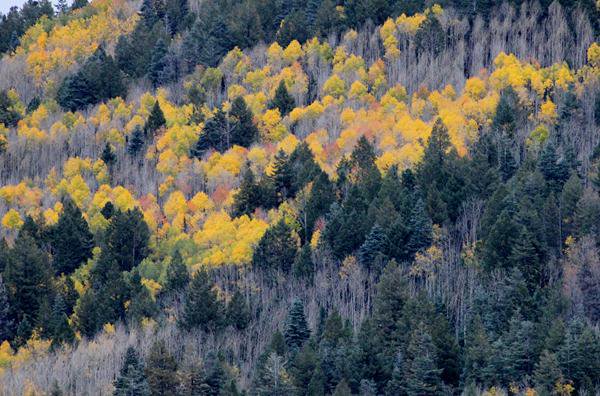
The U.S. Department of the Interior has begun accepting requests for proposals for a program that will provide up to $119 million to communities nationwide for landscape-scale conservation and restoration projects.
Dubbed the America the Beautiful Challenge, the 10-year program will use locally led and nationally scaled projects to conserve and restore 30% of U.S. lands and waters by 2030. The deadline to apply is April 4.
“Through the America the Beautiful Challenge, we are deploying historic resources to restore our nation’s lands and waters in partnership with Tribes, local communities and private landowners,” said acting Deputy Secretary of the Interior Laura Daniel-Davis. “This work is making an impact across landscapes, benefiting endangered species, expanding our use of Indigenous Knowledge and helping us to build an environment fit to pass down to future generations.”
The challenge, which is administered by the National Fish and Wildlife Foundation, funds projects with one or more of the following themes:
Conserving and restoring rivers, coasts, wetlands and watersheds.
Conserving and restoring forests, grasslands and other important ecosystems that serve as carbon sinks.
Connecting and reconnecting wildlife corridors, large landscapes, watersheds and seascapes.
Improving ecosystem and community resilience to flooding, drought and other climate related threats.
Expanding access to the outdoors, particularly in underserved communities.
The grants will be announced in November of 2024. Funding decisions are based on how well proposals meet the criteria as determined by a public-private committee of partners and technical experts.
In FY 223, the program awarded $141.3 million to 74 projects, including $4 million to the Pueblo of Santa Ana in New Mexico to implement and design wildlife-highway mitigation structures along a 5-mile stretch of high-volume roadway, including upgrading 69 miles of fencing and removing 3,000 acres of woody encroachment.
The state of Hawaii received $6.2 million effort to protect multiple species of honeycreeper by fencing 365 acres of native forest from ungulates to prevent creation of mosquito habitat.
In Iowa and Missouri, the Missouri Department of Conservation was awarded $4.73 million to reconstruct and manage 28,000 acres of tallgrass prairie land in collaboration with Tribes, land owners and other organizations through restoring an ecosystem that historically covered one-third of the Mississippi River Basin. The grant funded fire and invasive control, grazing and outreach efforts.
The Cocopah Indian Tribe of Arizona received $5 million to restore 431 acres of native cottonwood, willow, mesquite and wetland habitat in the floodplain of the Colorado River Delta
on its reservation and establish a Tribal youth conservation corps. The Tribe will build earthworks, install irrigation for revegetation, and engage Tribal youth in the removal of invasive species.
The Utah Division of Water Quality was awarded $4.99 million to revitalize the Jordan River and the south shorelands of the Great Salt Lake through floodplain and wetland restoration, native and invasive species management and community outreach. The project will see over 2,000 volunteers restoring 12 miles of land to improve the health of the Jordan River.
Photo courtesy of the U.S. Forest Service
The post $119 million available for landscape-scale conservation and restoration projects appeared first on Government Market News.
